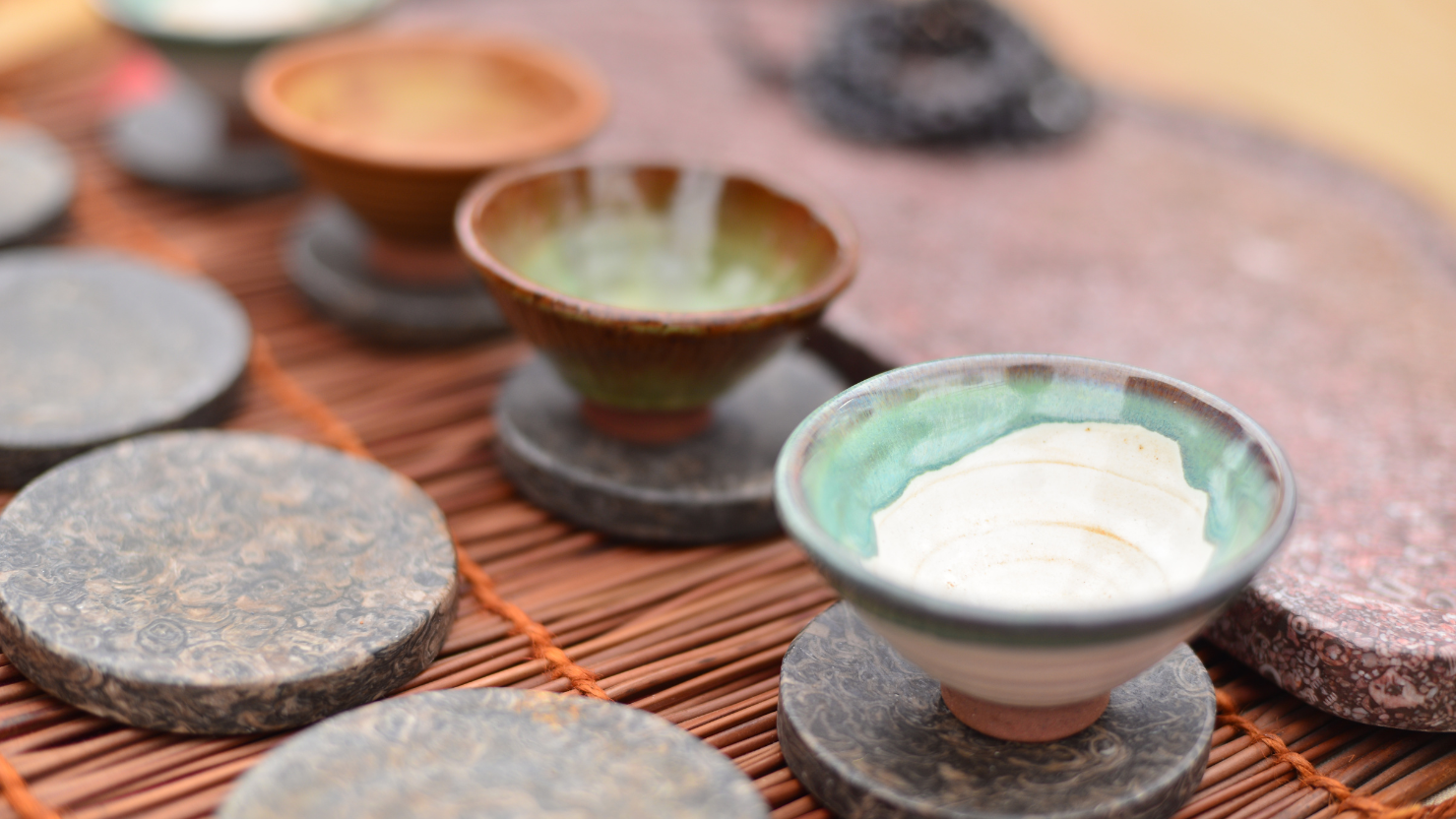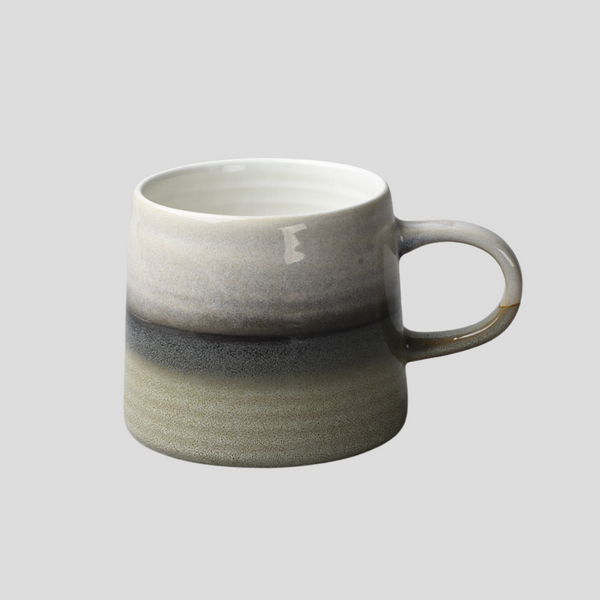
Exploring the Art of Kotobuki Pottery in Japan
Kotobuki pottery, a traditional art form that has emanated from Japan, stands as a symbol of longevity and happiness. This ancient craft, with its deep roots in Japanese culture, has been passed down through generations, evolving with time but always retaining its significance and charm. Kotobuki, which means 'congratulations' or 'long life' in Japanese, perfectly encapsulates the spirit and essence of this pottery. In this exploration, we delve into the history, characteristics, and modern-day relevance of Kotobuki pottery, offering an insight into its enduring appeal. The origins of Kotobuki pottery can be traced back to the Jomon period, which dates from about 14,000 BC to 300 BC. Initially, the pottery was utilitarian in nature, used for storing food and water. However, as time progressed, its purpose and design evolved. The influence of various Japanese tea ceremonies during the 15th and 16th centuries played a significant role in shaping the aesthetics of Kotobuki pottery. Artisans began to incorporate more intricate designs and glazes, making each piece not just functional, but also a work of art. Kotobuki pottery is renowned for its diverse forms and intricate detailing. Common characteristics include the use of rich glazes and the incorporation of motifs that symbolize good fortune and happiness. Cranes, turtles, and pine trees are frequent themes, each bearing its own auspicious significance in Japanese culture. Another hallmark of Kotobuki pottery is its texture. Many pieces exhibit a unique roughness, a deliberate choice by the artisans to represent the beauty in imperfection, aligning with the Japanese aesthetic of wabi-sabi. The creation of Kotobuki pottery involves a meticulous and traditional process. Artisans often use local clays, choosing them for their natural properties that lend itself well to the desired finish of the final piece. Glazing is a critical step in this process, with many pieces undergoing multiple glaze applications and firings in the kiln. This is not just for aesthetic purposes but also to ensure the durability of the pottery. The choice of glaze and the firing technique contribute significantly to the vibrant colors and textures that Kotobuki pottery is known for. Today, Kotobuki pottery continues to be celebrated in Japan and around the world. It is not only appreciated as a traditional art form but has also found its place in contemporary homes and spaces. Modern artisans draw inspiration from historical methods and designs, while incorporating their own creativity and the needs of today’s society. Kotobuki pottery items such as bowls, cups, and vases are widely used for both everyday purposes and special occasions, embodying the spirit of celebration and longevity that they are named after. In an effort to keep the art of Kotobuki pottery alive, numerous workshops and studios across Japan offer classes and demonstrations. These initiatives not only provide hands-on experience for those interested in learning the craft but also play a crucial role in preserving this unique aspect of Japanese culture for future generations. Additionally, exhibitions and cultural festivals often feature Kotobuki pottery, further highlighting its importance and enduring appeal. In conclusion, Kotobuki pottery stands as a testament to Japan's rich cultural heritage and artistic tradition. With each piece embodying wishes of happiness and long life, this art form continues to resonate with people across the globe. Through the efforts of artisans and the community, the legacy of Kotobuki pottery is set to endure, bridging the past with the present and future.Exploring the Art of Kotobuki Pottery in Japan
The History of Kotobuki Pottery
Characteristics of Kotobuki Pottery
Techniques and Materials
Modern-Day Relevance
Preserving the Tradition

















































